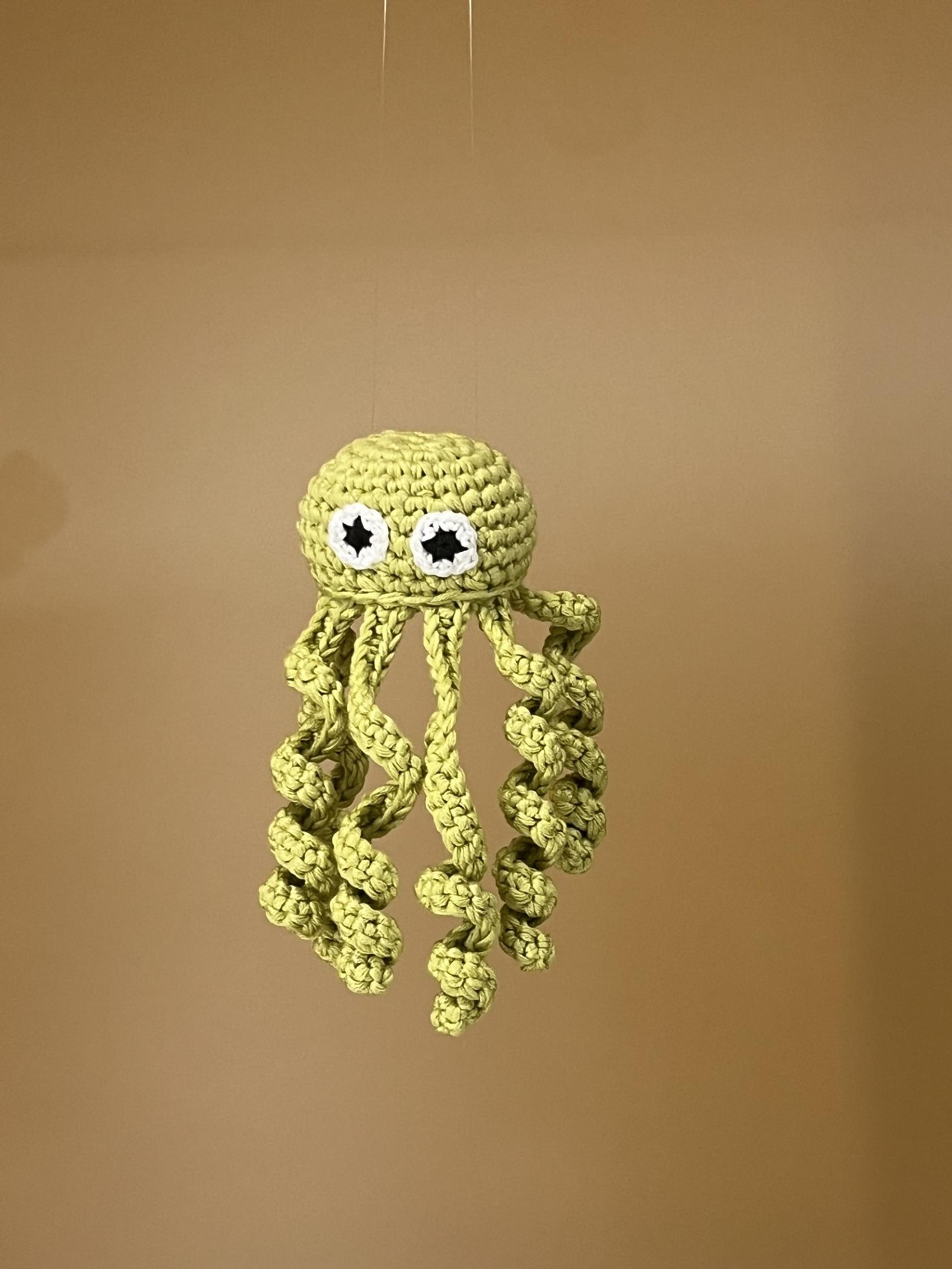
Crocheted comfort octopuses, a decade-long tribute to a baby’s memory: “In a way, her life continues with this phenomenon”
Ten years ago, Annika Pakkanen started a phenomenon in Finland that has already brought comfort to many families. The crocheted comfort octopuses made for the ICU have given a different meaning to baby Kerttu’s life, even though she has passed away. You can find the crocheting instructions at the end of the article.
Annika Pakkanen’s first child, Kerttu, was born in March 2015. Kerttu was born prematurely and spent her entire life in the neonatal intensive care unit. It was a difficult situation for her parents because they had so little they could do.
“While sitting next to the incubator, there wasn’t much else to do, so I spent a lot of time crafting.”
Then Kerttu’s primary nurse told Annika about crocheted octopus toys she’d seen in Denmark and suggested Annika make one for Kerttu. Annika didn’t have a pattern, so she crocheted the toy based on the nurse’s description. That’s how the first comfort octopus came to be.
“It felt wonderful to place something I’d made in the incubator.”
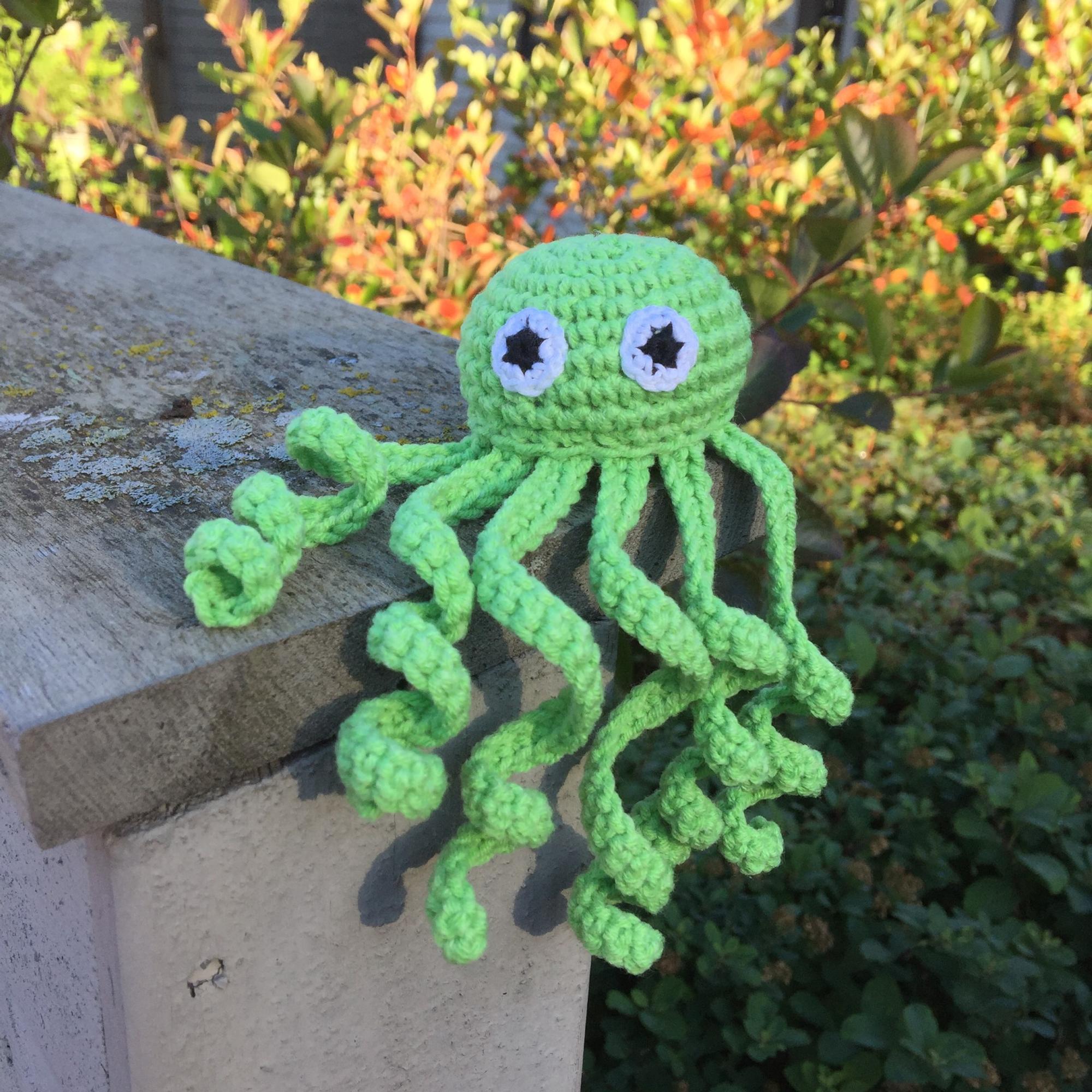
Comfort octopuses are great for preemies because their tentacles give them something else to grab besides tubes. They’re also lightweight, making them safe to keep in the incubator. The tentacles are only on the front, so, for instance, you can place the toy in front of the pacifier.
“Kerttu had weak lungs and often slept on her side. The comfort octopus helped keep her pacifier in place.”
Annika crocheted two octopuses for Kerttu. One was placed in the casket when Kerttu passed away at two and a half months old, and the other one Annika kept for herself.
“It’s really bittersweet to see, but at the same time it’s wonderful to have that reminder. We’ve talked openly to our other children about Kerttu, and it’s nice to have something tangible to show them.”
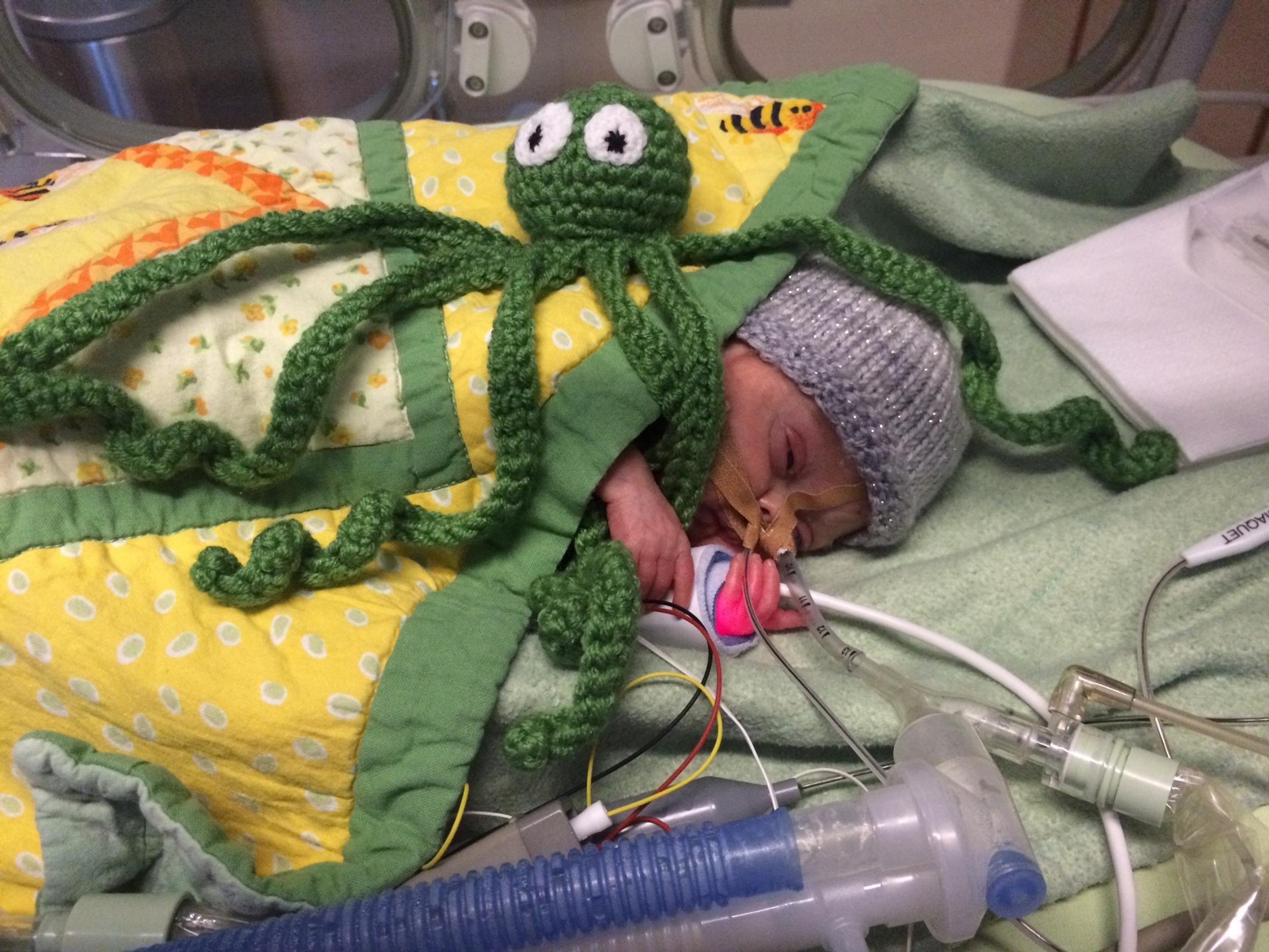
While Kerttu was alive, Annika got to know two other families in the intensive care unit and gave them similar octopus toys. Then other families started asking where they could get one, and Annika began crocheting more comfort octopuses.
After Kerttu passed, Annika continued to crochet octopuses.
“It was a form of grieving that helped me move forward.”
“Nothing can replace having Kerttu still alive.”
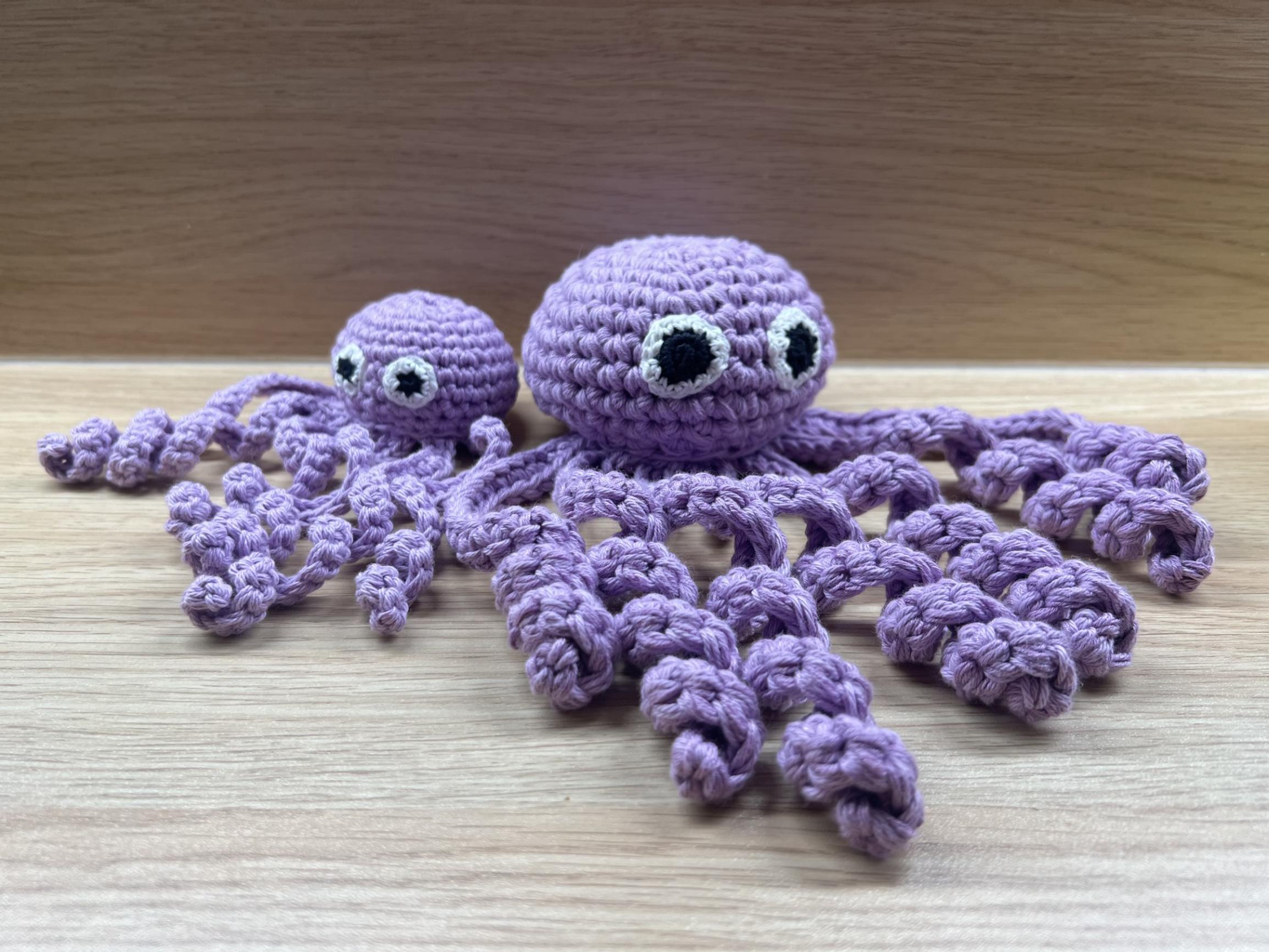
Annika donated the comfort octopuses she crocheted to the intensive care unit and founded a dedicated Facebook group for them. In that group, she shared the instructions for making comfort octopuses.
Today the group has over 4,000 members, and the phenomenon has spread across Finland. Some crochet comfort octopuses for their own newborns, while others donate them to hospitals.
“Comfort octopuses helped us, and I wanted others to find comfort in them as well.”
Through Facebook, some people have shared their own situations with Annika. Hearing these stories was heartbreaking, but she also felt it was meaningful to provide support.
“People don’t often talk about losing their own child. I wanted to bring it out in the open so it wouldn’t be such a taboo.”
“It’s completely upside down when a child passes before the parents.”
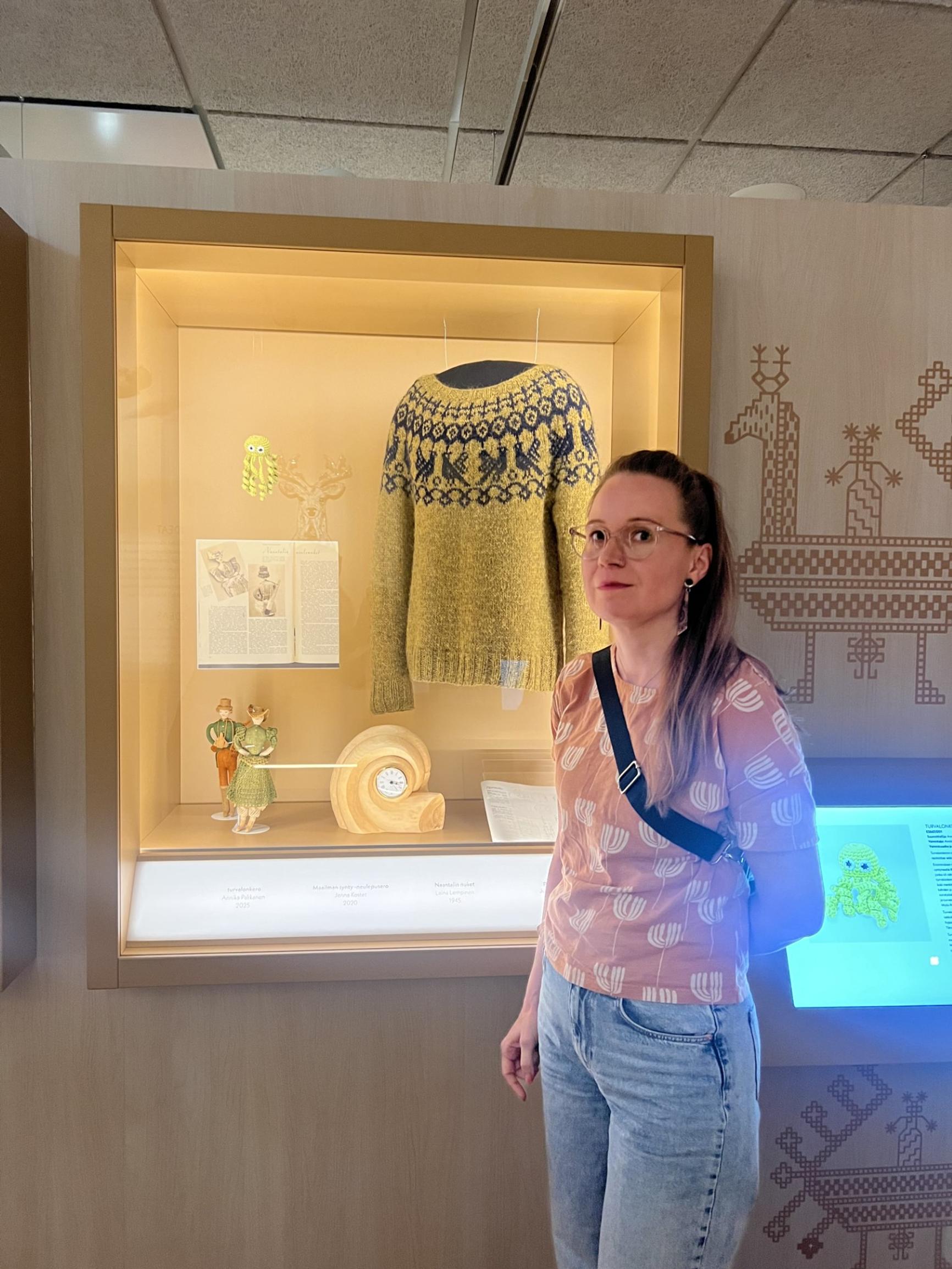
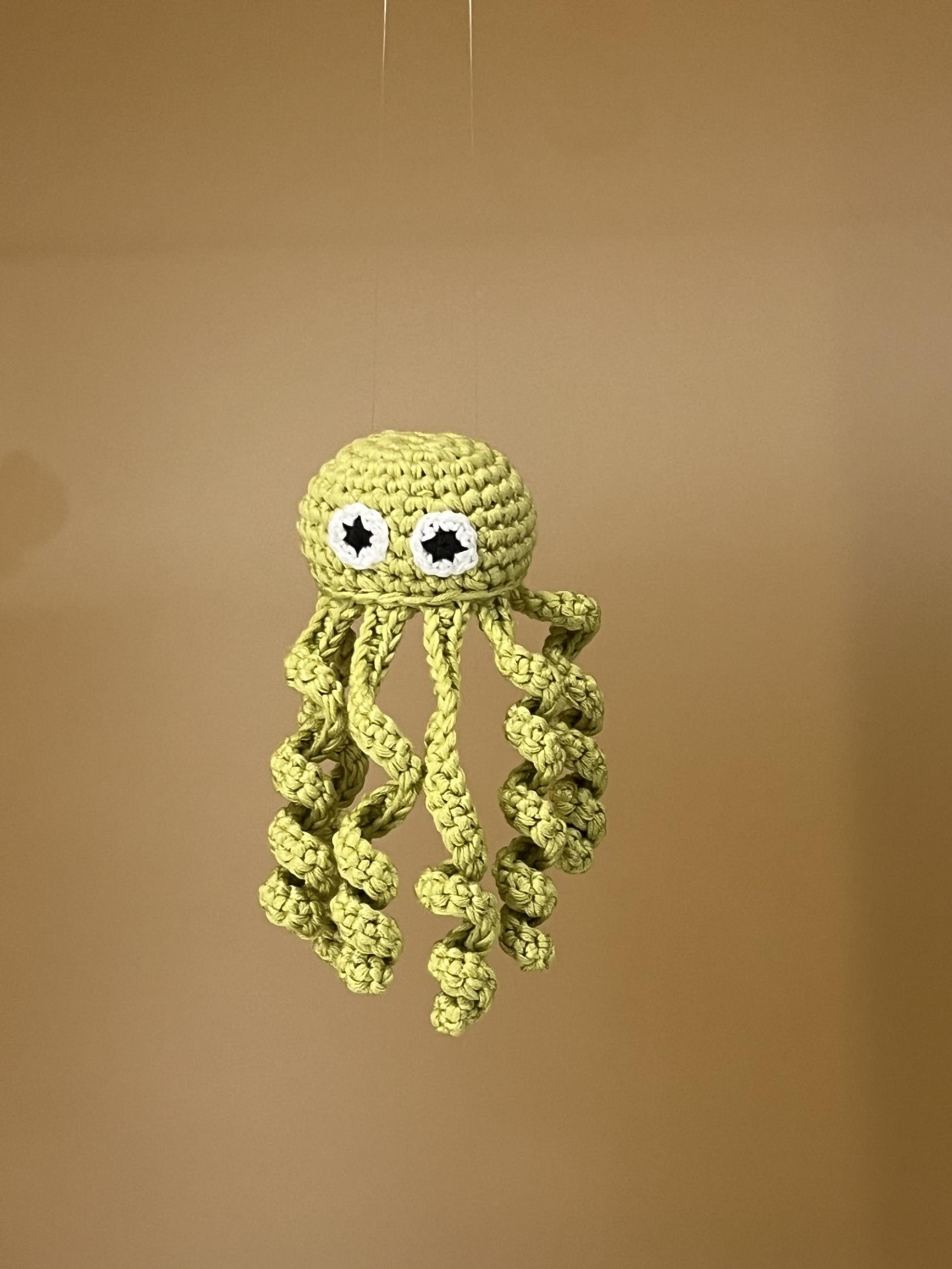
This phenomenon shows that many families have children who face challenges early in life. Annika believes that realizing they are not alone can bring these families comfort. It can also be easier to talk about the experience with others who have been through the same thing.
“It’s completely upside down when a child passes before the parents. You can’t fully understand it unless you’ve experienced it yourself.”
Annika is thankful that this phenomenon is still sparking discussion and that people continue making comfort octopuses. For her, these octopuses will always be associated with Kerttu.
“Nothing will replace the fact that Kerttu is gone, but I believe that in a way her life carries on through this phenomenon.”
Annika’s instructions for crocheting comfort octopuses
What you'll need:
- Crochet hooks in sizes 2 mm and 3.5 mm (or other suitable sizes, ideally one smaller and one larger)
- A darning needle
- Black and white yarn for the eyes
- Stuffing (craft filling)
- Colored yarn for the octopus body
Choose yarn meant for a 3.5 mm hook or slightly thicker. If you opt for thinner yarn, you can crochet the octopus using a double strand. Cotton or a machine-washable synthetic blend works well. Ideally, pick a yarn that doesn’t shed or pill—wool might cause allergies.
Body (use a 3.5 mm crochet hook)
Make a loop around your finger with the yarn, and crochet into it as follows:
Round 1: 6 single crochet (sc). Close each round with a slip stitch.
Round 2: Work 2 sc in each stitch = 12 sc.
Round 3: *1 sc, then 2 sc in the next stitch*, repeat *-* 5 more times = 18 sc.
Round 4: *2 sc, then 2 sc in the next stitch*, repeat *-* 5 more times = 24 sc.
Round 5: Work 1 sc in each stitch = 24 sc.
Round 6: *3 sc, then 2 sc in the next stitch*, repeat *-* 5 more times = 30 sc.
Rounds 7–9: Work 1 sc in each stitch = 30 sc.
Round 10: *3 sc, then 2 sc together*, repeat *-* 5 more times = 24 sc.
Fasten off and cut the yarn.
Don’t worry too much about weaving in the ends; they’ll stay hidden on the inside.
Base and tentacles (use a 3.5 mm crochet hook)
Follow rounds 1–4 from the body instructions (this forms the base).
Start crocheting the tentacles without cutting the yarn. Chain about 40 stitches (approx. 22cm). Work single crochet back along those chains (about 39 sc). Flip the base over and join the last single crochet to the next stitch in the base’s chain. This way, the 'right side' of the base stays on the right side of your work. Make a slip stitch in the next stitch on the base, then crochet the second tentacle in the same way—but don’t flip the base again.
You don’t have to cut the yarn between tentacles. Make six tentacles this way, then cut the yarn and fasten off. If you’re using leftover yarn and it runs out, it’s okay if the octopus ends up with only five tentacles.
The tentacles won’t go all the way around the base; they only cover the front.
Eyes, make 2 (use a 2 mm crochet hook)
With black yarn, make a loop around your finger and crochet 6 sc into it. Join with a slip stitch, then fasten off and cut the yarn. Next, using white yarn, work 2 sc in each stitch, just as you did in the first two rounds of the body and base. For one eye, leave a longer tail so you can sew the eyes onto the body.
Assembly
1. Place the eye where you want it on the body, pull the yarn ends to the inside (except for the longer white yarn for sewing), and sew around the edges with white yarn.
2. Attach the other eye the same way, pulling the yarn ends inside. Sew it to the body with the same white yarn if there’s enough left. Weave in the ends on the inside and cut the yarn.
3. Stuff the body with filling.
4. Sew the base to the body, making sure the tentacles line up between the eyes. It’s best to start attaching at the midpoint between the tentacles and eyes. Use the same yarn as the octopus body.


